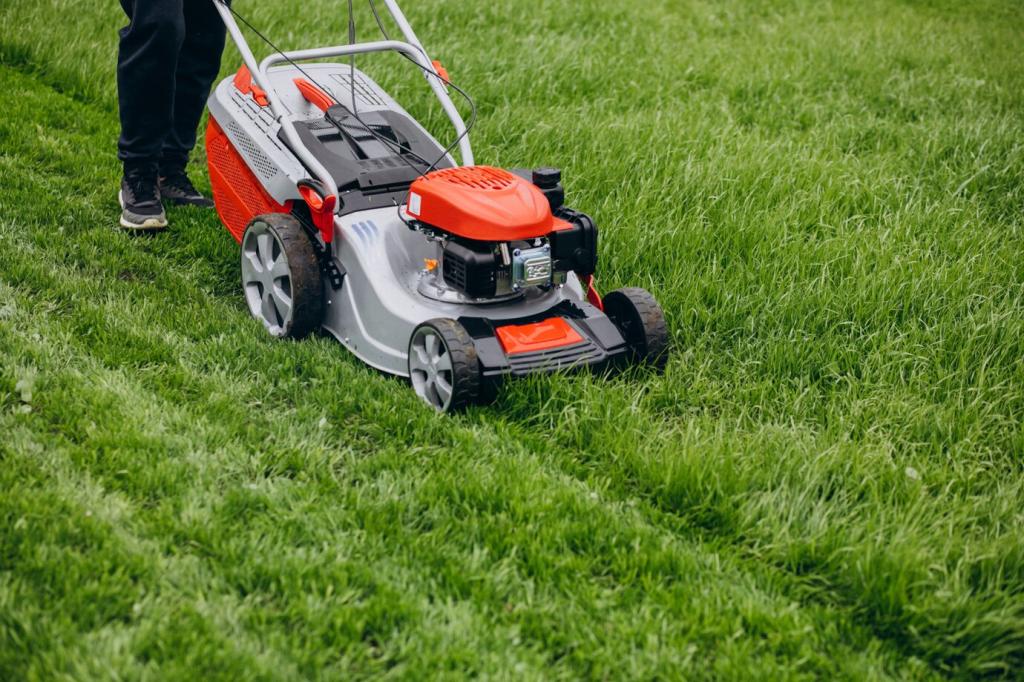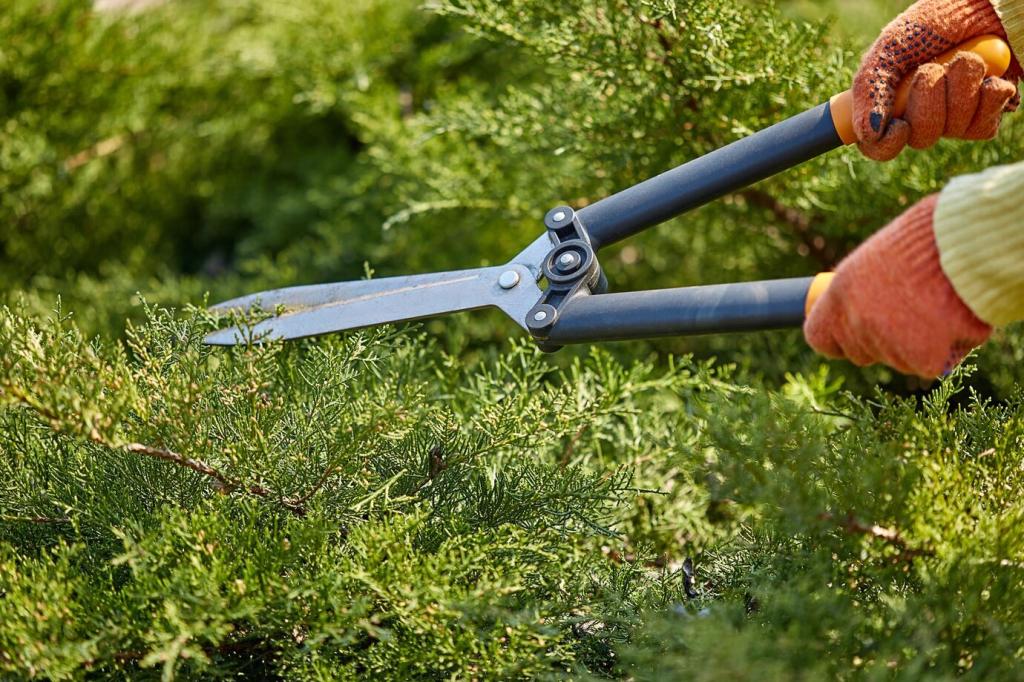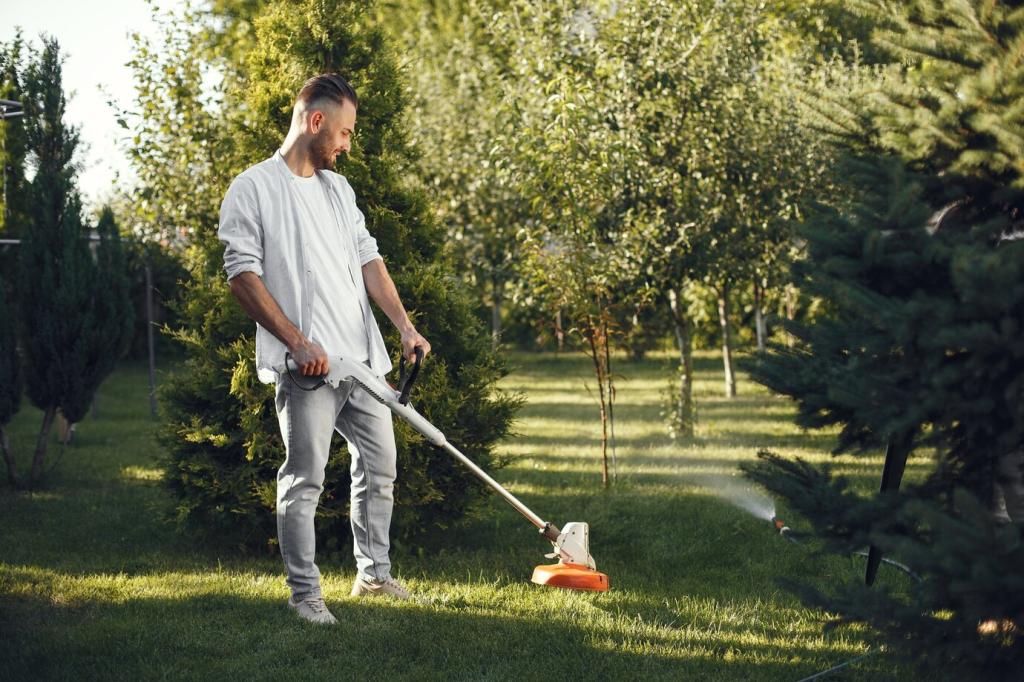Garden Pest Management Services: Partnering for a Healthier, Happier Garden
Chosen theme: Garden Pest Management Services. Welcome to a friendly space where homeowners and professionals team up using smart, sustainable strategies to keep gardens thriving. Explore actionable guidance, relatable stories, and simple steps you can try today—then subscribe and join the conversation.

What Garden Pest Management Services Mean Today
01
Great services prioritize IPM, combining prevention, identification, and targeted action. They lean on thresholds, cultural practices, and selective treatments. If that sounds new, ask for an IPM walkthrough during your next visit, then comment with what surprised you most.
02
A thoughtful approach protects lady beetles, lacewings, and parasitic wasps—the quiet heroes who keep pests in check naturally. Invite them by planting nectar-rich flowers, and request pollinator-conscious options. Tell us which flowers draw the most helpful insects in your yard.
03
Before treating, pros scout, count, and confirm. You’ll hear about action thresholds: the point where pest damage outweighs the cost of intervention. Try keeping a simple weekly log yourself, then compare notes with your provider and our readers in the comments.

Scouting Routines You Can Mirror at Home
Pros inspect undersides of leaves, new growth, and plant bases where pests hide. Adopt a weekly garden stroll with a notepad and magnifier. Report your findings to your provider and drop highlights in our thread so others can learn from your observations.

The Power of Proper Identification
Aphids, whiteflies, and mealybugs look deceptively similar. Correct ID determines the right tactic and timing. Ask your service for close-up photos and written notes. Save them in a garden folder and share a few images here for crowd-sourced learning and encouragement.

Digital Tools and Photo Submissions
Use a phone lens or clip-on macro to capture pests and damage patterns clearly. Note the plant variety and location. Upload to your service portal and to our community gallery. Together, we’ll spot trends faster and refine your plan for better outcomes.
Eco-Safe Treatments and Timing
Targeted Applications Over Blanket Sprays
Precision beats volume. Spot treatments, trunk injections, and soil drenches—when appropriate—reduce exposure and waste. Request a map of treated areas and re-entry guidance. Tell us how targeted approaches changed your garden’s vibe, from fewer pests to more butterflies.

Seasonal Service Plans That Actually Work
Spring: Get Ahead of Aphids and Slugs
As tender growth emerges, aphids, slugs, and snails wake up hungry. Pros combine barriers, bait placement, and early scouting. Try copper tape around planters and invite birds with water. Report your first sightings to help us build a shared spring watchlist.
Summer: Keep Mites and Beetles in Check
Heat favors spider mites and Japanese beetles. Services monitor hot spots, adjust irrigation, and time treatments precisely. Hose off mites early and handpick beetles into soapy water. Tell us which manual tricks or service visits made the biggest midseason difference for you.
Fall and Winter: Sanitation and Soil Reboot
Clean beds stop overwintering pests. Pros remove diseased foliage, solarize soil where appropriate, and enrich beds with compost. Start a winter plan now and share your clean-up checklist. We’ll feature clever routines that set spring gardens up for fewer problems.

The Tomato Hornworm Turnaround
One reader nearly gave up after hornworms devastated tomatoes overnight. A provider taught them to scout at dusk, spot frass, and leave parasitized worms alone. Two weeks later, damage plummeted. Share your biggest garden comeback and the small habit that sparked it.
Ants, Aphids, and a Lemon Tree Truce
Sticky leaves, marching ants, and curled lemon shoots told a clear story: honeydew-loving ants protecting aphids. A simple ant barrier and targeted soap sprays restored balance. What surprising partnership have you uncovered, and how did your service help untangle it?
Neighborhood Collaboration Pays Off
Three neighbors coordinated schedules with the same provider, aligning monitoring and treatments for shared hedges. Pests had fewer safe havens, and costs of repeated call-backs fell. Invite a neighbor to subscribe with you and compare notes across property lines.
DIY vs Professional: Finding the Right Balance
Climbing, handling restricted-use products, or treating large trees isn’t DIY-friendly. Pros bring protective gear, calibration know-how, and permits. Start with cultural fixes yourself, then schedule help for risky jobs. Tell us where you draw the line and why—it helps others decide.
DIY vs Professional: Finding the Right Balance
Keep dates, photos, weather notes, and product labels in one folder. Pros love clients with organized histories—it speeds diagnosis and reduces repeat issues. Download a simple template, then share how tracking changed your outcomes over a season or two.


IPM-First Philosophy and Transparency
Ask how prevention, thresholds, and non-chemical tactics fit their plan. Request written scopes, expected outcomes, and recheck windows. Share any sample reports you’ve found helpful—scrub personal details—and help our community recognize signs of a thoughtful, science-based approach.
Pollinator- and Pet-Safe Commitments
Confirm bloom-safe timing, buffer zones, and product choices with low drift risk. Pet safety matters too: re-entry intervals and secure bait placement are nonnegotiable. Comment with the best safety promise you’ve seen—it may become our community gold standard.
Local Knowledge and Ongoing Education
Regional expertise matters. Pros who track local pest cycles and attend workshops solve problems faster. Ask about certifications and continuing education. Recommend trusted regional resources below so newcomers can find reliable, climate-specific guidance without the guesswork.
Join the Community: Learn, Share, and Grow
Get timely checklists keyed to active pests, weather, and regional bloom times. Subscribing means you act before outbreaks peak. Invite a friend to join—accountability buddies make scouting more consistent and way more enjoyable on busy weeks.
